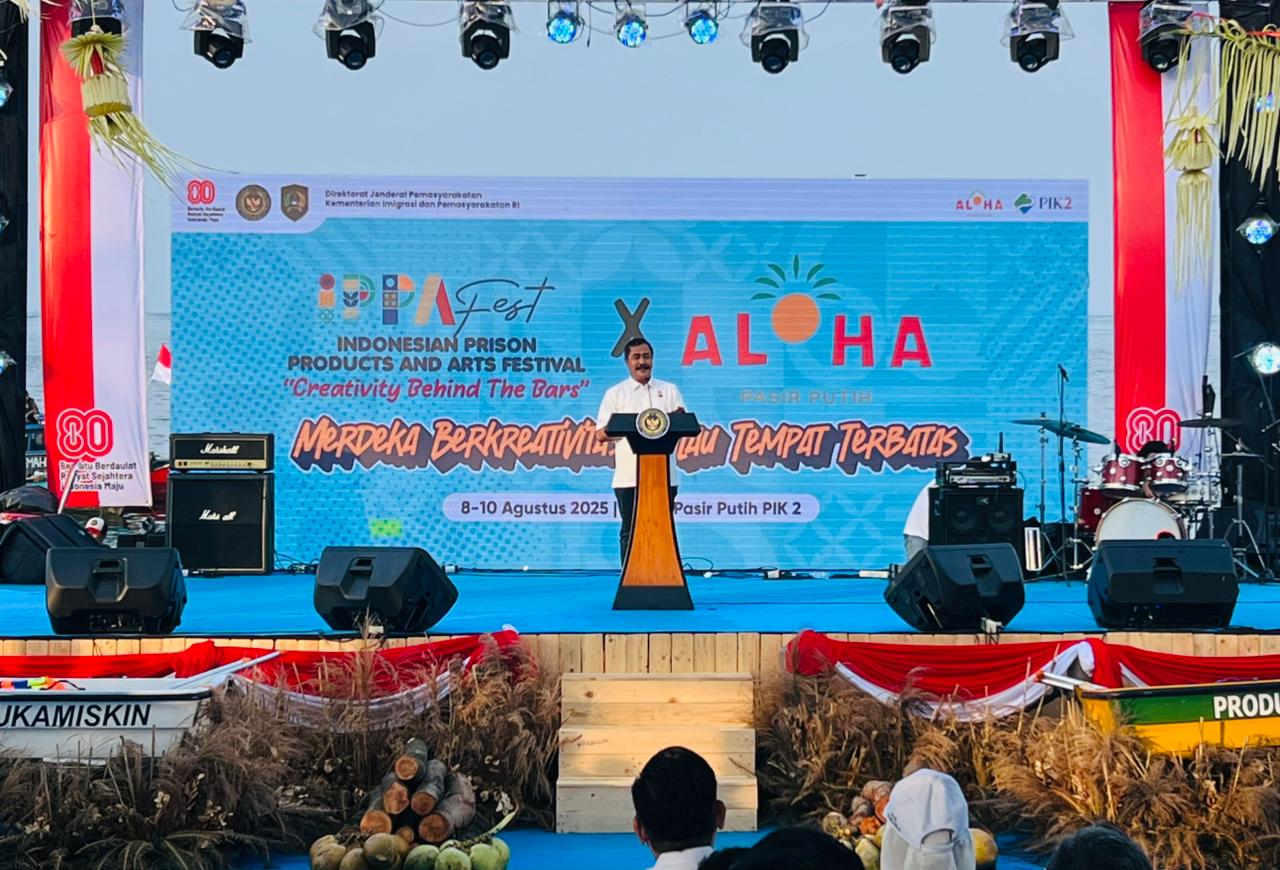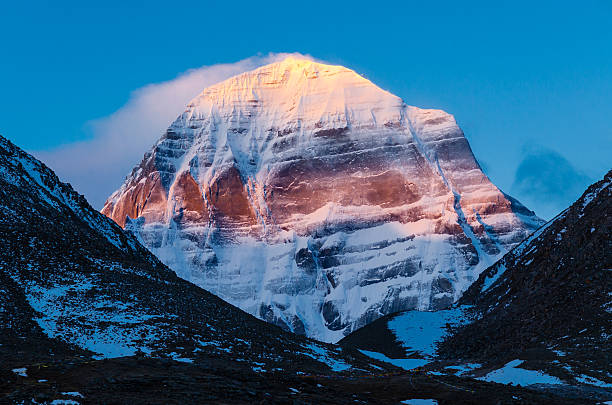As a kid, one of the highlights of my summer vacation was sitting underneath a tree in my grandmother’s backyard and getting lost in a book. I don’t get a three-month summer break anymore, but tucking away with a juicy novel when it’s hot outside is a ritual I still return to.
So what makes for a good summer read and how did this practice even emerge in the first place? That’s what we set out to find out on this week’s episode of Explain It to Me, Vox’s weekly call-in podcast.
Next Page
Book recommendations — both old and new — that are worth your time, from senior correspondent and critic Constance Grady.
To find the answer we spoke with Donna Harrington-Lueker, author of Books for Idle Hours: Nineteenth-Century Publishing and the Rise of Summer Reading. Summer reading is a practice she knows well. “As a teenager, let’s just say I was a bit bookish,” she says. “That meant that when my family went for its one-week vacation a year — which was a big treat — they were on the beach and I was in some kind of a bunk bed with Moby Dick or Siddhartha.”
Below is an excerpt of our conversation, edited for length and clarity. You can listen to the full episode on Apple Podcasts, Spotify, or wherever you get podcasts. If you’d like to submit a question, send an email to [email protected] or call 1-800-618-8545.
How did this idea of summer reading even start? Have we always grabbed books when it’s hot out?
No, not really. My research focused on the 19th century, and I started looking at newspaper articles, advertisements from book publishers, and the like. And I divided it into two periods: before the Civil War and after the Civil War. Before the Civil War, summer reading was constructed as a masculine practice. The idea was that men would get away from the heat and the pressures of their lives, and they should read something cool. So the essays of Charles Lamb; poetry was mentioned often as well.
That all changes after the Civil War, when there’s an increase in travel and tourism. The performance of summer leisure becomes an aspiration for a growing middle class, so you have many, many more people engaging in this practice. You have an increase in railroads as well. So you’ve got an easy way for people to get from point A to point B, and hotels begin to spring up. And as a result of that, publishers start really promoting summer reading. It takes a very specific form, and increasingly it becomes something that women do. It becomes a rather gendered space.
Can you talk about that idea of performing leisure a little bit? I think that’s really interesting.
Publishers would advertise a variety of things as summer reading, but one of the central things was what I call the summer novel. It would be a novel that would be set in Saratoga Springs or Newport or Cape May, at a summer resort. Regardless of how wealthy or not people were, they always seemed to stay there for an entire summer as opposed to a week or a weekend. It would involve a courtship and over the course of the novel, two young people would meet, they would resolve their differences, they would visit various places, and at the end they would be married. By reading these, you’d get an idea of what these resorts were about, and you’d get an idea of how you performed leisure, what you did once you got there, and what the expectations were. So they were serving that purpose as well. There’s also a good bit of fashion, so for the young woman, you’d get an idea of how you’re supposed to dress.
That’s so interesting. So it sounds like it’s serving the purpose of a mixture of a Hallmark movie with your romance but the drama and intrigue of White Lotus.
Definitely the Hallmark characteristic of it. Absolutely.
Were these books purely escapist, or did they get at larger themes too?
One of the things that I found interesting was that yes, they are escapist in the sense of allowing you to experience another lifestyle, but they were very, very much kind of a liminal space, a space of betwixt in between. For young women especially, it’s doing the cultural work of asking, “What does it look like to have more freedoms as a young woman?” Because there was markedly more freedom — or at least as these books constructed it — during the summer and at summer resorts. You have women hiking and women going out on boats on their own and being unchaperoned, opening up vistas of freedom.
Now, admittedly, at the end of all these, order is reasserted. People go back to their normal lives. Marriage as the ultimate institution of tradition gets reasserted. But for the space of the novel there are more freedoms.
You have women hiking and women going out on boats on their own and being unchaperoned, opening up vistas of freedom.
The novels weren’t spaces that were necessarily completely out of touch either. There would be references to a very violent Pullman strike that appeared in one of the summer novels. In the preface to one about Saratoga Springs, there’s questions about American imperialism. There’s questions about treatment of Native Americans. And so when you take the book as a whole, it’s nation-building in a way as well, and it’s questioning that in some of them.
What was the reaction to the rise of summer reading at the time? Was everyone just ecstatic that people were reading?
The publishing industry had a very serious marketing challenge on its hands. Post-Civil War especially, you have rising literacy rates – especially among young women – but you have a very solid and profound discourse that says novel reading is evil, that it is dangerous, especially for young women. The fear was that it would be sexually arousing, that the morals would be questionable. And so you get a lot of criticism, especially among clerics and also a real fear of French novels. They were considered the most problematic.
Do we still have a lot of these summer reading conventions in book publishing?
It persists as a marketing effort, absolutely. I think it’s more varied today. I think it’s more, “please read something.” The lists that I’ve seen include novels, but then also important nonfiction. We’re living in difficult times, and I think that the recommendations for nonfiction reflect that. But between BookTok and influencers, it’s just a different marketing world now. In the 19th century, you had probably four or five tastemaking publications and they were the places that you went to get your recommendations for what to read next and that kind of centralization doesn’t seem to be the case anymore.


















































